Learning/improving machine quilting skills
susan_on
12 years ago
Related Stories
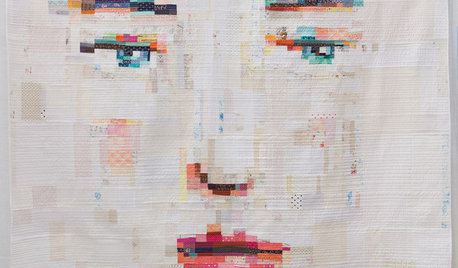
ARTSee Winning Modern Quilts on Display at QuiltCon 2015
Top quilts have been chosen from among hundreds at the international show in Austin through February 22. View them and others here
Full Story
FUN HOUZZEverything I Need to Know About Decorating I Learned from Downton Abbey
Mind your manors with these 10 decorating tips from the PBS series, returning on January 5
Full Story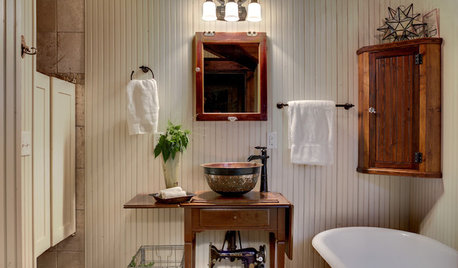
VINTAGE STYLEAntique Sewing Machines: Tailor Made for Nostalgic Decor
In full-on vintage rooms or contrasting modern looks, old sewing machines and tables are stirring up the past in a most stylish way
Full Story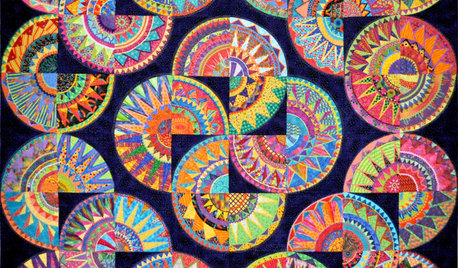
ARTShow News: Rare Quilts Get Museum Time
See 6 intricate designs from a California exhibition and get tips for building your own quilt collection
Full Story
DECORATING GUIDESCelebrating the Great American Quilt
They speak of family, history and beauty. Is it any wonder quilts transcend design styles?
Full Story
DECORATING GUIDESDecorating 101: Do It Yourself or Hire a Pro?
Learn the advantages and disadvantages of decorating alone and bringing in skilled help
Full Story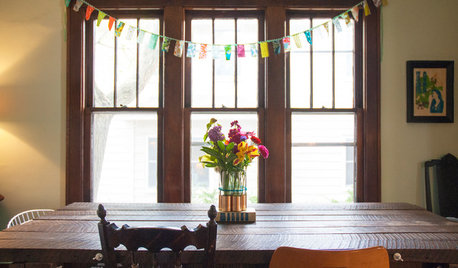
FEEL-GOOD HOMESimple Pleasures: Treasuring the Gift of Grandparents
You can enrich your family life by bringing generations together for shared meals, quilting projects, storytelling
Full Story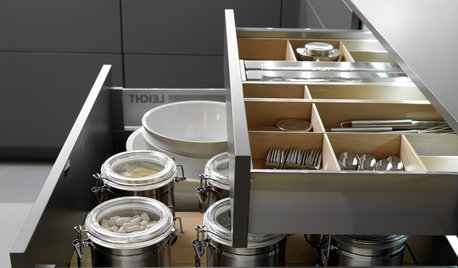
DECORATING GUIDESHow to Work With a Professional Organizer
An organizing pro can help you get your house together. Here's how to choose the right one and gain your own clutter-clearing skills
Full Story
PAINTINGHow to Hire a Painter to Do Your Interiors
Here’s what to know about hiring a painting contractor and what to expect during the job
Full Story
GREAT HOME PROJECTSHow to Switch to a Tankless Water Heater
New project for a new year: Swap your conventional heater for an energy-saving model — and don’t be fooled by misinformation
Full StoryMore Discussions






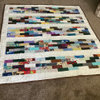
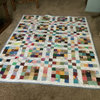

ritaweeda
luvtosharedivs
Related Professionals
Lebanon Furniture & Accessories · Spartanburg Furniture & Accessories · Miami Beach Furniture & Accessories · Sahuarita Furniture & Accessories · Cedar Park Flooring Contractors · Fall River Flooring Contractors · Franklin Flooring Contractors · Menifee Flooring Contractors · Oak Ridge Flooring Contractors · Shaker Heights Flooring Contractors · St. Louis Flooring Contractors · Indianapolis Furniture & Accessories · St. Louis Furniture & Accessories · Toledo Furniture & Accessories · Robbinsdale Furniture & Accessoriesbarbara_l
susan_onOriginal Author
K8Orlando
toolgranny
K8Orlando
lola99
susan_onOriginal Author
susan_onOriginal Author
bev2009